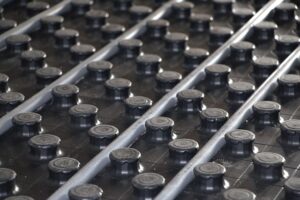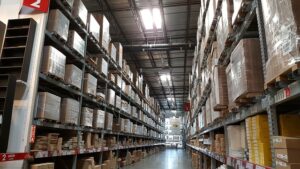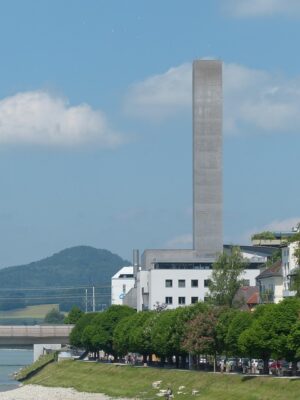Commercial air curtains are advanced, energy-efficient entrance barriers that regulate indoor climates in commercial buildings, retail spaces, and warehouses. They prevent outdoor air infiltration, reduce HVAC loads, and enhance occupant comfort, making them ideal for industrial settings with strict climate control requirements. By integrating heated air curtains, businesses can achieve substantial cost savings and improve overall performance and comfort, while creating healthier interior atmospheres. Choosing the right commercial air curtains involves evaluating specific environmental needs and selecting models with energy-saving technologies. These barriers have proven successful in numerous sectors, leading to significant energy savings and enhanced HVAC efficiency, as demonstrated by case studies in retail and warehouse settings.
“Discover the power of commercial air curtains in revolutionizing indoor environments. This comprehensive guide explores the intricate world of these innovative solutions, designed to prevent outdoor air infiltration. Learn how air curtains act as a protective barrier, maintaining optimal indoor conditions.
From understanding their fundamental role to exploring key benefits and selection criteria, this article covers it all. Dive into case studies showcasing successful implementations, revealing the significant impact efficient commercial air curtains can have on various spaces.”
- Understanding Commercial Air Curtains: A Comprehensive Overview
- The Role of Air Curtains in Preventing Outdoor Air Infiltration
- Key Benefits of Implementing Efficient Commercial Air Curtains
- Selection Criteria for Choosing the Right Commercial Air Curtain Model
- Case Studies: Successful Implementations and Their Impact
Understanding Commercial Air Curtains: A Comprehensive Overview
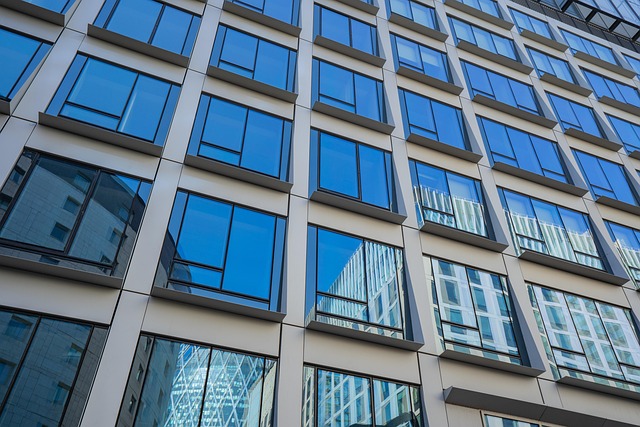
Commercial air curtains are advanced entrance air barriers designed to create a climate separation at points of entry in commercial buildings, retail door systems, and warehouse entrances. Acting as both an aesthetic enhancement and a functional solution, these door air curtains use energy-saving technology to regulate indoor climates, ensuring optimal HVAC efficiency. They prevent outdoor air infiltration, maintaining the desired temperature and reducing the load on heating or cooling systems.
By integrating heated air curtains into commercial entrances, businesses can enjoy improved comfort levels for occupants while achieving significant cost savings. These innovative solutions are particularly beneficial in industrial settings where maintaining a consistent interior climate is paramount. Commercial air curtains offer a versatile approach to enhancing energy efficiency, making them an attractive option for various applications across diverse industries.
The Role of Air Curtains in Preventing Outdoor Air Infiltration

Commercial air curtains play a pivotal role in safeguarding indoor environments from outdoor air infiltration. These innovative entrance air barriers are designed to form an airtight seal around commercial entrances, effectively preventing cold or hot air from entering and disrupting HVAC (Heating, Ventilation, and Air Conditioning) systems. By acting as door air curtains, they maintain climate separation, ensuring optimal temperature and air quality conditions inside buildings.
In industrial settings like warehouses, retail stores, and offices with multiple commercial entrances, these heated air curtains offer more than just a physical barrier. They serve as energy-saving technology by minimizing the load on HVAC systems, thereby enhancing overall energy efficiency. The strategic placement of air curtains at critical points can significantly reduce the exchange of outdoor air, contributing to better indoor comfort and improved HVAC performance.
Key Benefits of Implementing Efficient Commercial Air Curtains

Implementing efficient commercial air curtains offers a multitude of benefits for businesses looking to optimize their energy consumption and indoor environment. These innovative entrance air barriers act as powerful door air curtains, providing an effective climate separation at commercial entrances, retail door systems, warehouse entrances, and more. By utilizing advanced energy saving technology, these air curtains significantly enhance HVAC efficiency, keeping unwanted outdoor elements out while maintaining a comfortable interior space.
The strategic placement of heated air curtains can lead to substantial cost savings, as they mitigate the loss of conditioned air due to drafts, thereby reducing overall energy usage. In addition, industrial air barriers like these improve indoor air quality by minimizing the infiltration of dust, pollen, and other pollutants, creating a healthier atmosphere for employees and customers alike.
Selection Criteria for Choosing the Right Commercial Air Curtain Model
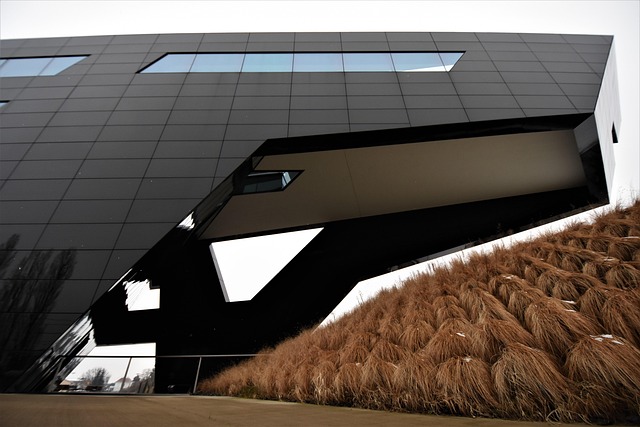
Choosing the right commercial air curtain model involves considering several key factors to ensure optimal performance and energy savings. First, assess the specific needs of your commercial entrance air barriers, such as warehouse entrances or retail door systems. Different environments require varying levels of climate separation and HVAC efficiency. For instance, heated air curtains might be necessary in colder climates to maintain indoor comfort while minimizing outdoor air infiltration.
Second, focus on energy-saving technology. Commercial air curtains with advanced features like adjustable speeds and precise control mechanisms can significantly reduce energy consumption without compromising performance. Industrial air barriers that integrate smart sensors and automated operation can further enhance efficiency, ensuring the right amount of air circulation at all times. These considerations will help you select a door air curtain that not only meets but exceeds your expectations in terms of functionality and sustainability.
Case Studies: Successful Implementations and Their Impact

Successful implementations of commercial air curtains have been seen across various sectors, demonstrating their significant impact on energy savings and HVAC efficiency. Case studies in retail stores and warehouse entrances show a notable reduction in outdoor air infiltration, leading to improved climate separation and lower heating or cooling costs. For instance, a major retailer installed heated air curtains at their door air curtains, resulting in an 18% decrease in overall energy consumption and a substantial improvement in indoor comfort levels.
In industrial settings, the use of commercial air curtains as entrance air barriers has proven to be a game-changer. A study conducted on a large warehouse complex revealed that implementing advanced HVAC technology, including heated air curtains, led to an average 25% reduction in energy usage and a significant enhancement in overall building performance. These examples illustrate how strategic deployment of these air curtains can contribute to sustainable practices and operational cost optimization across various commercial entrances.
Commercial air curtains have emerged as a game-changer in enhancing indoor air quality and energy efficiency. By understanding their functionality, leveraging their key benefits, and selecting the right model based on specific needs, businesses can significantly reduce outdoor air infiltration. As seen from various case studies, successful implementations of efficient commercial air curtains not only create healthier work environments but also result in substantial cost savings. Embracing these innovative solutions is a step towards a more sustainable and productive future for both businesses and their occupants.



